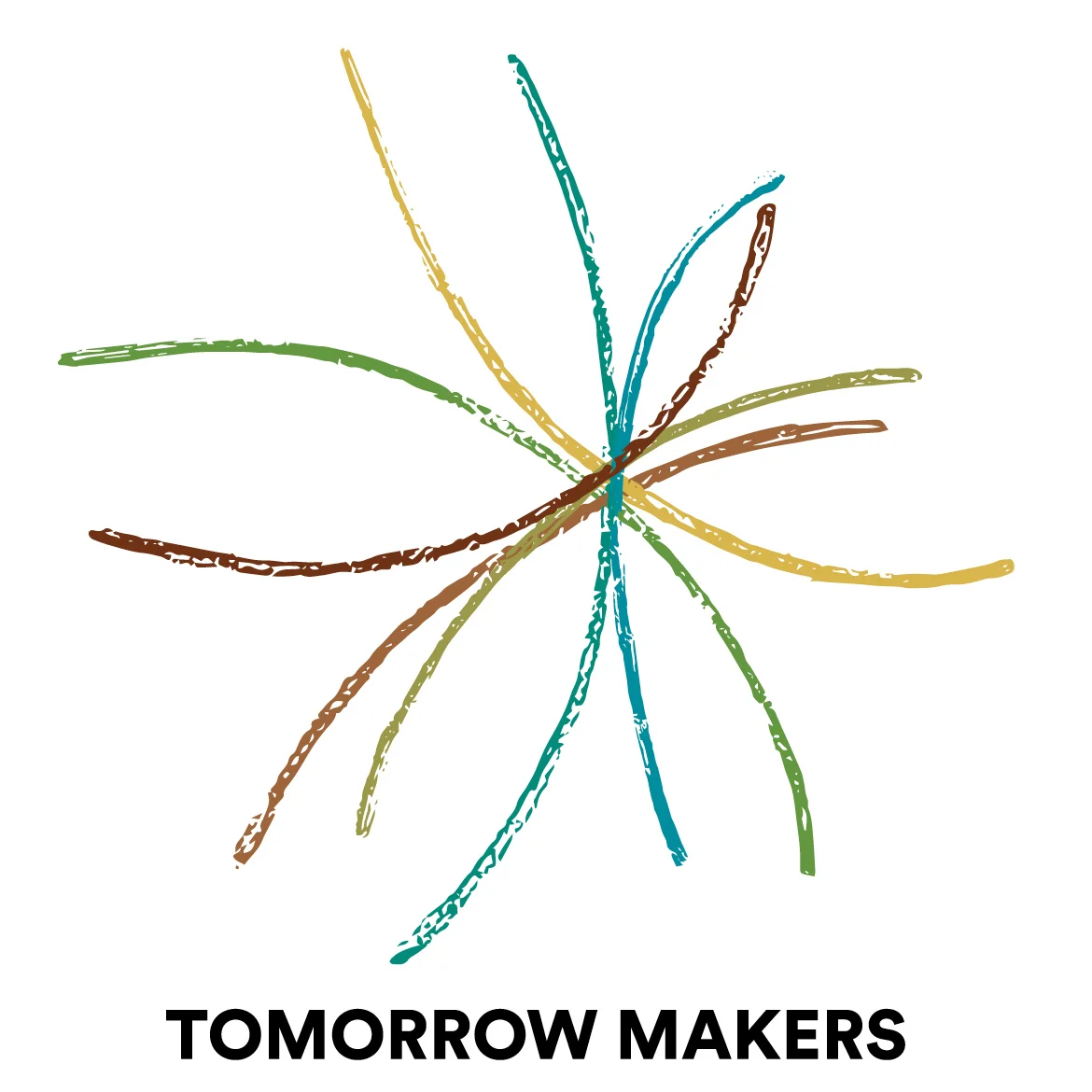Our 2016 Stories
/
Growing up we had a tradition of going to a great movie on Christmas Eve. This Christmas we were able to have that experience again. My two sons, their wives, and our two grandsons went to see Star Wars: The Force Awakens. We watched in awe in 3-D IMAX theater. Some of the time, we felt we were there in the midst of the story.
During the movie, however, I couldn't help but think of the war and destruction that occupied almost every scene. And thinking back over the past few years, it seems to me that there was an overwhelming number of viscous battles and end of the world Armageddon visions.
William James, philosopher and psychologist, once said that "We must develop a moral equivalency to war". It seems we are far from that. To my six year old Grandson, war is glorious and fun. Many of the best selling movies are full of heroes and anti-heroes. I understand Joseph Cambell's writings on the Hero's Journey and can certainly see that it is an essential part of becoming human and in that vein, I can enjoy movies like The Force Awakens and the ongoing saga of good and evil.
However, I wonder where the balance of the healthy, unwaring stories are. Who is writing them? Who is telling the stories of the new world in the becoming? There is good news popping up everywhere, but I must look for it, amongst the horrible news that our current media focuses on... and often misrepresents or in some cases fabricates for its own uses. In 2015 there were a number of turning points. I call them Janus moments where the head turns from looking back and assuming more of the same, to looking forward with optimism and hope. The Paris talks was one such point but there were a number of them. I put more than 200 articles in my Evernote data base about things occurring that have the potential to change the nature of how we work and live and play together. Some will take years to unfold and cause us in mass to change our perception of what is possible but many signs are showing up everyday. The adjacent possible is wiring itself around the old established fear based paternal way of thinking and behaving and finding exciting new avenues to travel. Hopefully some of these ideas will begin showing up in our movies and books and dinner conversations. We so desperately need the stories that can carry us forward toward a new world, one born of co-design, collaboration, and a world fit for all life.
A participant in one of our events once said after a session, "My Mom always said when good things happened that they were too good to be true. But, now going forward I will say about good ideas "This is good enough to be true."
May 2016 be full of stories good enough to be true! Let's uncover and write all the stories deserving a place in our history and our future. What if in each classroom, the day began with asking students for good news? Perhaps then, these good news stories could be folded into a longer story, maybe even a book written by our young minds. And, what if these classroom stories became part of dinner conversations and FaceBook stories. We, the people, are the ones creating this new world. Let's tell the stories!

